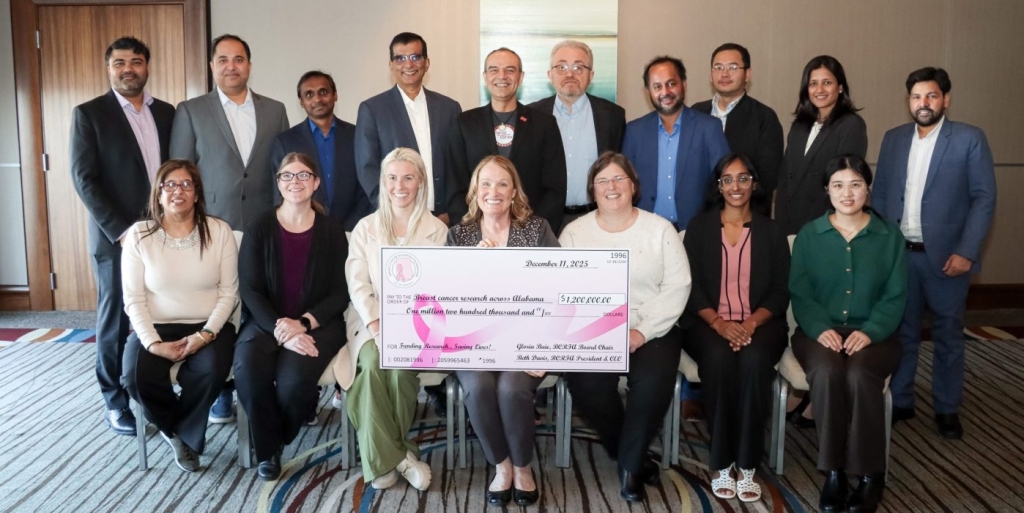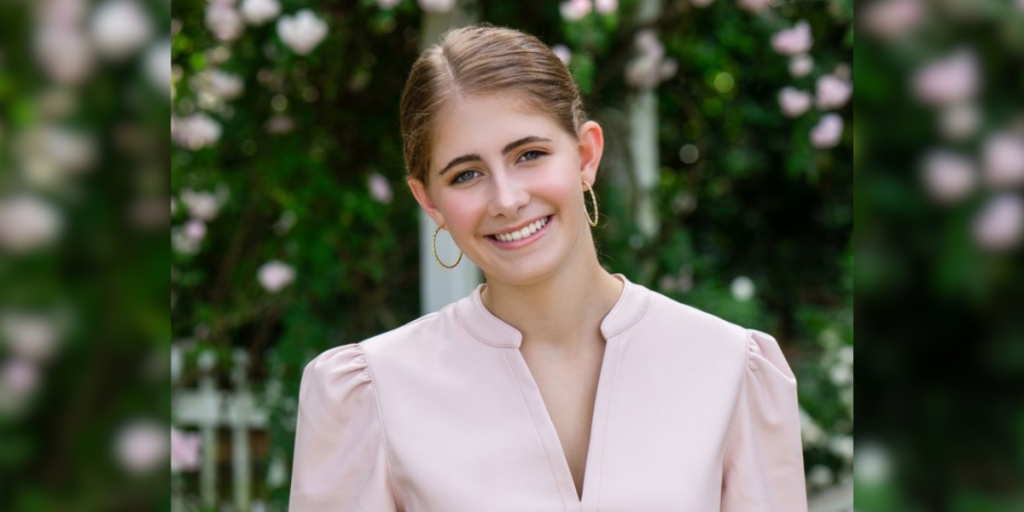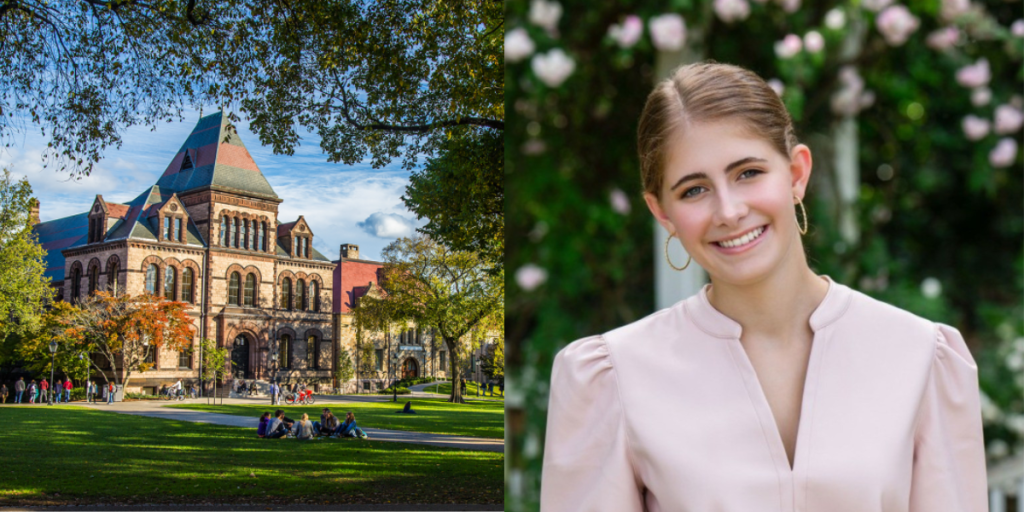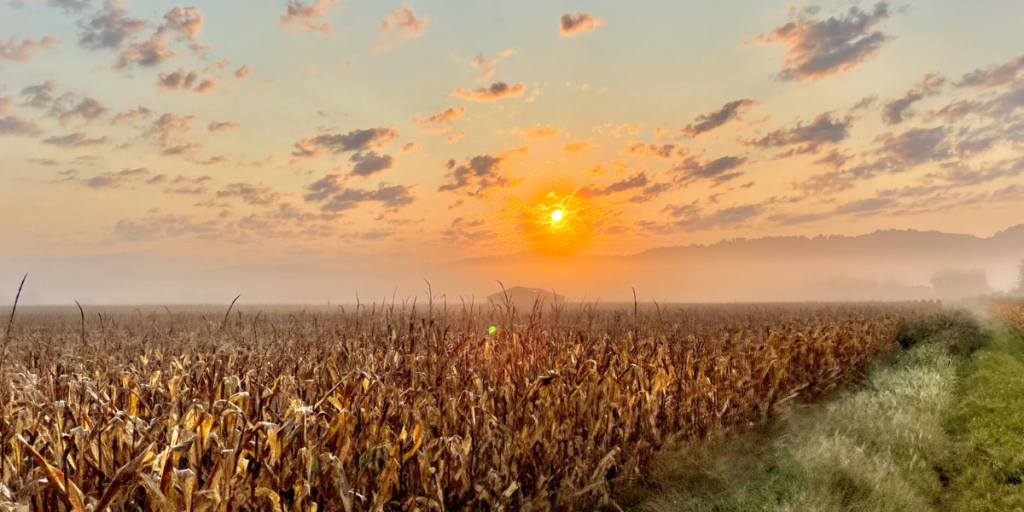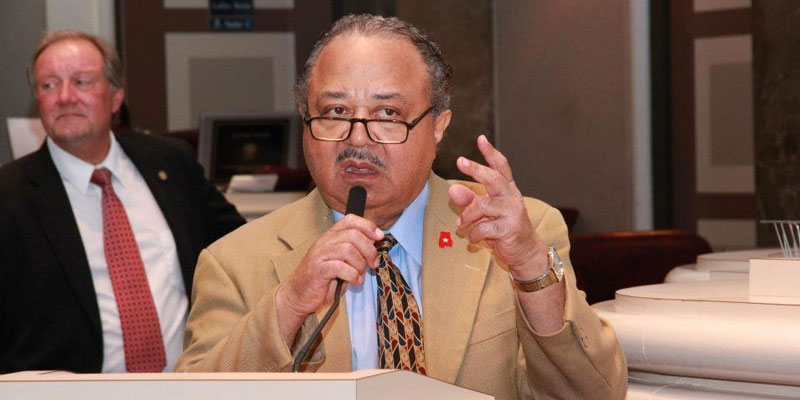An ongoing research project is applying cutting-edge satellite technology in a quest to finally pinpoint one of Alabama’s – and North America’s – most important “lost” historic sites.
On Oct. 18, 1540, an armed contingent of Spaniards led by explorer Hernando de Soto savagely attacked Native American warriors led by the famed chieftain Tascalusa. The blood-soaked confrontation decimated Tascalusa’s forces and left the fortified Indian village of Mabila a charred ruin. The number of dead – fewer than 100 Spaniards but as many as 5,000 Indians, according to historic chronicles of the event – puts the carnage on par with or greater than the battle of Antietam during the Civil War as potentially the single deadliest day of combat on North American soil.
As devastating as the fight was to the pre-Alabama natives, the monumental clash also ultimately led to De Soto’s demise. After the battle of Mabila, the infamous conquistador pressed deeper into the wilderness with his battle-weakened troops. De Soto ultimately perished – precisely where is also unknown – and what was left of his army retreated to Mexico.
Nearly five centuries later, the exact location of Mabila – believed to be somewhere in West Alabama, possibly in Clarke or Dallas County – remains elusive, despite multiple efforts to find it. But a Birmingham-based nonprofit, known for using the power of satellite imagery to identify important archaeological sites from Egypt to Peru, is now on the case.
GlobalXplorer was founded by internationally recognized “space archaeologist” Sarah Parcak, a professor in the Department of Anthropology at UAB and a National Geographic Society Archaeology Explorer.
Parcak is also the winner of the 2016 TED Prize, which came with a $1 million award that she used to create GlobalXplorer.
Parcak is a pioneer in using high-resolution satellite imagery to identify subtle patterns on the Earth’s surface that may indicate the location of hidden archaeological sites. Her techniques have helped to locate thousands of potentially significant sites in Egypt as well as important sites connected to the Vikings and the Roman Empire.
Through GlobalXplorer, Parcak and her team trained volunteer “citizen explorers” to scour satellite imagery in Peru to identify, and protect from looters, important ancient ruins. They’ve also, with support from the Alabama Power Foundation, begun to analyze satellite imagery of West Alabama where, in the future, they may locate archaeological sites that will help determine where Mabila might lie.
Chase Childs, GlobalXplorer executive director, said dense tree cover in some sections of West Alabama poses some challenges for using satellite imagery, compared to the open deserts of Egypt. The amount of soil disturbance in west Alabama over the centuries, where native prairie was turned into farmland or cotton plantations, and later became forest or planted tree farms, may also have led to the destruction of some or all of the Mabila site.
Despite the challenges, early analysis, he said, has turned up some intriguing patterns worthy of further, ground-based investigation. Unfortunately, the COVID-19 pandemic has forced a pause in field expeditions for now.
Childs said GlobalXplorer, following initial investigations on the satellite imagery, will ensure that the Choctaw Nation of Oklahoma – the descendants of native Americans who lived in what is now West Alabama and Mississippi but who were forced west in the early 19th century during the infamous Trail of Tears – will be consulted for any potential ground-based work.
“This is a major question remaining for Alabama’s history, and it continues to cause significant debate and discussion in the archaeological community. We are hopeful that the application of these new technologies will help shed light on a potential location for Mabila and help guide future groundwork,” Parcak said.
Childs said more definitive information regarding GlobalXplorer’s findings should be available in a few months. Based on those findings, further research and field studies – by GlobalXplorer or others – will likely be needed to determine if the work has brought the world any closer to locating Mabila. He said the information gathered through this initial phase would be made available to other scholars.
In addition to the scholarly value, finding Mabila could bring an economic boost to west Alabama, drawing visitors and more research dollars to the area, as well as resources to preserve the site, if found.
“One can rightfully say that the lost battle site of Mabila is the predominant historical mystery of the Deep South,” now-retired University of Alabama Professor Jim Knight wrote in “The Search for Mabila,” a 269-page volume about the quest published by the University of Alabama Press. The book, edited by Knight, was the product of a three-day gathering of Mabila scholars hosted by the university in 2006.
Six years ago, Knight participated in a field expedition, also funded by the Alabama Power Foundation, that examined a site along the Alabama River where it was thought De Soto’s troops may have crossed on their way to Mabila. That expedition failed to turn up artifacts that dated the site to around the time of De Soto’s journey.
While that expedition did not blaze a path to Mabila, it did contribute – through process of elimination, if nothing else – to the base of knowledge that may ultimately lead scholars to the site.
For now, the GlobalXplorer project keeps alive the promise of bringing the world closer to the day when the centuries-old mystery of Mabila is solved.
Learn more about GlobalXplorer at https://www.globalxplorer.org/. Learn more about the Alabama Power Foundation at https://powerofgood.com/.
(Courtesy of Alabama NewsCenter)





